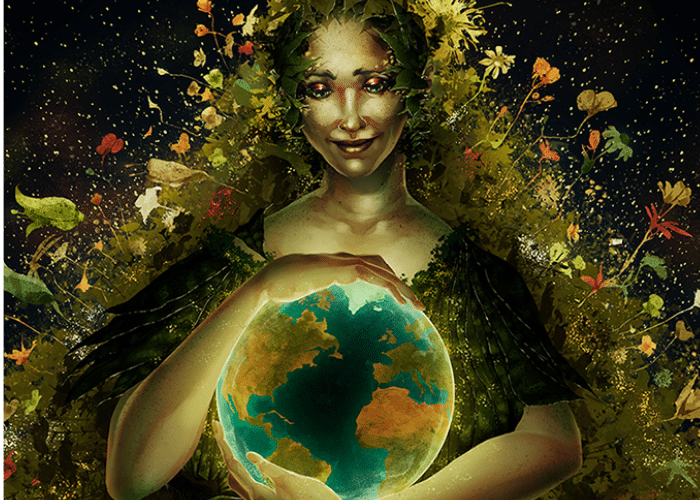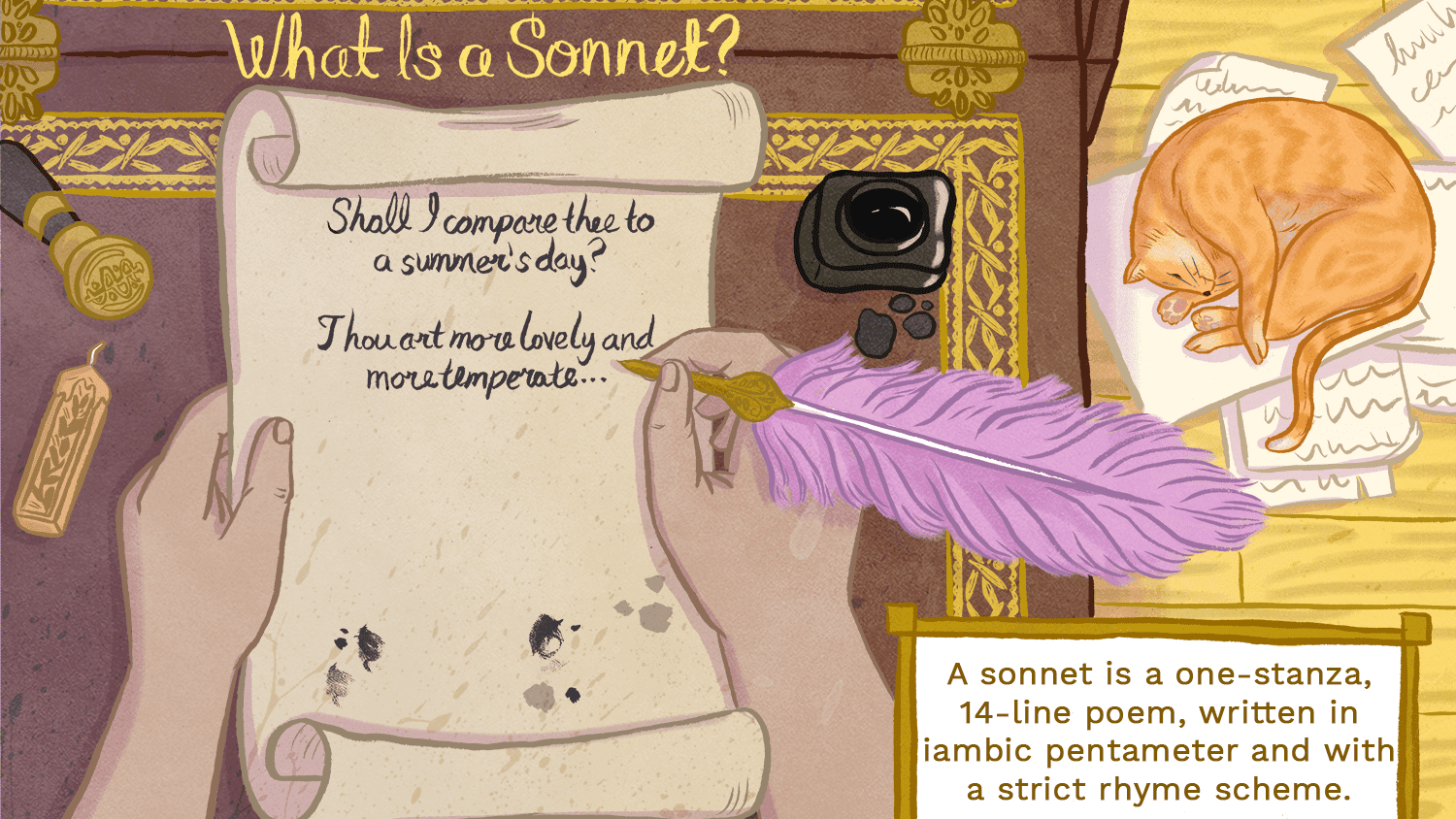Topic: The process of photosynthesis; how plants work; anatomy of a treeArea: ScienceAbstract: At the centre of EXPO 2015 international fair, there was a contemporary gigantic sculpture called “The Tree of Life”, which every hour was performing lights shows designed by 3D artists focused on the EXPO 2015 main topic “Feeding the Planet, Energy for […]
The Solar Waltz
Topic: Solar system and planets orbit revolution and rotationArea: ScienceAbstract: Looking at the Viennese Waltz, the elegant and perfect dancing movements draw elliptic shapes on the ground. While the partners rotate on each other like planets with their satellites, the dancing couples also perform a revolutionary orbit around the sun, that would be different for […]
The Circuit Project
Topic: Solar energy and electric circuitArea: EngineeringAbstract: Inspired from Olafur Eliasson’s “The Weather Project”, the participants will be part of an electric circuit powered up by solar energy. Each one will take responsibility for specific actions related to the circuit elements they are personifying (solar panel, battery, switch, light source Learning objectives: •How an electric […]
The Munch numbers
Topic: Set theory; natural, real, rational, irrational, and complex numbersArea: MathematicsAbstract: The agonized face in the painting has become one of the most iconic images of art, seen as symbolizing the anxiety of the human condition. Taking inspiration from the painting, the use of nonverbal communication such as facial expression is applied to explain the […]
The balance effect
Topic: Newton’s three laws of motionArea: ScienceAbstract: The Rebecca Horn’s “Yin and Yang Drawing the Landscape” mirrors the idea of balance, of forces in place that find the right combination. On this matter,the three laws of dynamics are about balance: Newton’s First Law of Motion (Law of Inertia);Newton’s Second Law of Motion (Law of Mass […]
Figurative science
Area: ScienceAbstract: Figurative scienceis a strategy that invites students to make meaning by describing a subject using figurative language. As the classic Shakespearean “Sonnet 18: Shall I compare thee to a summer’s day?” the author employs metaphor to compare the lover’s beauty to an eternal summer, the student describes a physics law or specific subject […]
Miming data transmission
Topic: Understanding how the Internet of Things (IoT) worksArea: EngineeringAbstract: The so-called ‘’smart objects’’ at the heart of the Internet of Things are not only computers, smartphones, and tablets, but also the objects that surround students in their homes, at school, in cities…The students through mime, they will be able to understand how an easy […]
Matissian Geometry
Topic: Application of the basic formulas for calculating perimeters and areas of regular polygonal figuresArea: MathematicsAbstract: Inspired by the Matisse’s painting The Dance, the students will have to find their place in the space, giving shape to the given geometrical figures, using the formulas, and adapting the shape to the number of participants Learning objectives: Formulas […]
Human Computer
Topic: Understanding of the different parts of a computer’s hardware and of their specific role in the computation of the informationArea: Technology Abstract: Just as each part of a computer work together to elaborate the information, the students will organize their selves in separate blocks, each one representing one piece of hardware, working together to […]
How are we received and located?
Topic: Inclusion, Integration, Segregation, ExclusionAbstract:This learning proposal aims to explore 4 key concepts such as inclusion, integration, segregation and exclusion through art and role-playing, together with the use of technology, initially with a BYOD approach, and with the final creation of a digital or audiovisual product. It is designed to be implemented in the fourth year of […]










